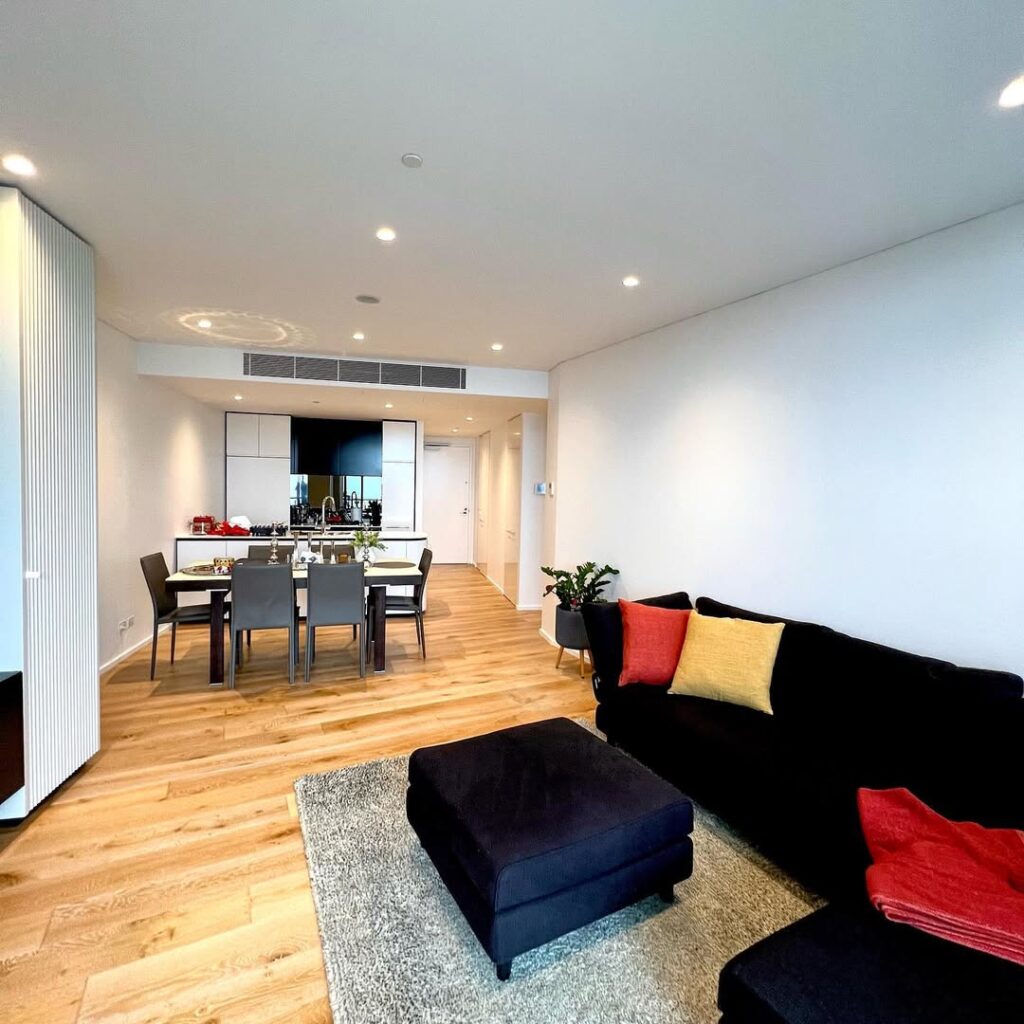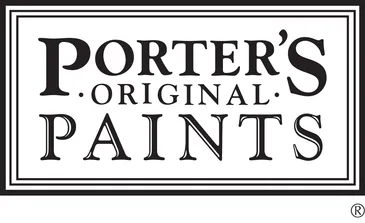When it comes to transforming your home, few things have as big an impact as a fresh coat of paint. Whether you’re looking to breathe new life into your living room or give the exterior of your home a makeover, painting is a cost-effective and easy way to enhance your space. However, while both interior and exterior painting seem like straightforward tasks, they each have unique considerations. Understanding the differences between these two types of painting and what’s involved can help you make more informed decisions before you commit. In this article, we’ll explore the key differences between interior and exterior painting, and what you need to know before you start your next painting project.
1. Different Paints for Different Purposes
The most obvious difference between interior and exterior painting lies in the type of paint used. Interior paints and exterior paints are designed to serve distinct purposes, and using the wrong type of paint can lead to issues that may end up costing you more in the long run.
Interior Paint
Interior paints are formulated to withstand the wear and tear associated with indoor spaces. They are designed to be durable, provide excellent coverage, and be easy to clean. Because the environment inside your home is typically more controlled—temperature and humidity-wise—interior paints do not need to be as resistant to the elements. Interior paints also tend to have lower levels of volatile organic compounds (VOCs), which are harmful chemicals that can be released into the air. This is particularly important for maintaining good indoor air quality, especially in spaces where you spend a lot of time.
Exterior Paint
Exterior paints, on the other hand, need to withstand much harsher conditions. They are specifically formulated to resist the damaging effects of sun, rain, wind, and temperature fluctuations. Exterior paints are often more durable and have enhanced features such as UV protection, mildew resistance, and the ability to expand and contract with temperature changes. These paints are also designed to be more water-resistant and to prevent mould and algae growth, which are common issues in outdoor environments.
2. Surface Preparation: A Critical Step
The success of any painting project lies in the preparation of the surfaces to be painted. Whether you’re painting the interior or the exterior of your home, preparation is key to achieving a smooth, long-lasting finish. However, the level of preparation required for interior and exterior surfaces can differ significantly.
Interior Surface Preparation
For interior painting, the focus is on cleaning the walls and patching any imperfections. If you’re painting drywall, you may need to repair any holes or cracks with joint compound and sand the surface smooth. Once this is done, it’s important to thoroughly clean the walls to remove any dust, grease, or other contaminants that might prevent the paint from adhering properly.
Additionally, you’ll need to ensure the room is properly ventilated to allow the paint to dry. This means opening windows or using fans to promote airflow. In some cases, you may also want to apply a primer to ensure better adhesion and coverage, particularly when painting over dark colours or glossy finishes.
Exterior Surface Preparation
Exterior painting requires more extensive preparation due to the increased exposure to weather conditions. Before applying any paint, the surface should be cleaned thoroughly to remove dirt, debris, and any peeling paint. This may involve pressure washing or scrubbing the surface with a detergent solution. You should also check for any signs of damage or decay, such as rotting wood, and make repairs as needed.
If the surface is wood, you’ll need to ensure it’s properly sanded to remove any rough spots and smooth out the surface. For metal surfaces, it’s crucial to remove rust before painting. Additionally, priming is often necessary for exterior surfaces, especially when painting over raw wood or metal, as this provides a better bonding surface for the paint and ensures long-term protection.
3. Application Techniques
The methods used for applying interior and exterior paint can also differ, especially when it comes to the tools and techniques needed to achieve a flawless finish.
Interior Paint Application
For interior painting, the most common application tools are brushes, rollers, and sometimes spray guns. If you’re painting walls, rollers are typically the best option for quick coverage, while brushes are ideal for cutting in around edges, corners, and trim. For smaller or more detailed areas, a small brush can offer precision and control. Spray painting can be used in large rooms with high ceilings, though it requires skill and experience to avoid overspray and achieve an even finish.
Exterior Paint Application
Exterior paint application requires a similar approach but on a larger scale. Depending on the size of your home and the surface area to be painted, you may need to use a paint sprayer, which is often the quickest way to cover large areas such as siding or fences. However, painting by hand with brushes and rollers is still common, especially for details like trim, doors, and windows.
One important consideration when applying exterior paint is the weather. You want to choose a dry day with moderate temperatures for the best results. Humidity and extreme temperatures can affect how well the paint adheres and dries, which could lead to an uneven or less durable finish.
4. Durability and Maintenance
One of the key factors that set exterior painting apart from interior painting is durability. Since the exterior of your home is exposed to harsh elements, exterior paint needs to be more robust and capable of handling wear and tear from weather, UV rays, and other environmental factors. High-quality exterior paints will last anywhere from five to ten years, depending on the conditions.
Interior paints, while still durable, tend to have a shorter lifespan due to less exposure to the elements. However, they are easier to maintain. You can simply clean the walls with a damp cloth or mild detergent, and any scuffs or marks can be touched up without the need for a complete repaint.
5. The Costs: Budgeting for Your Painting Project
While both interior and exterior painting can be affordable DIY projects, hiring a professional painter like AKD Painting can save you time and ensure a high-quality finish. The costs for both types of painting depend on factors like the size of the area to be painted, the type of paint used, and the level of preparation required.
In general, exterior painting projects tend to be more expensive than interior painting because of the larger surfaces involved and the additional prep work required. However, professional exterior painters have the equipment and experience to complete the job efficiently and ensure that the paint will stand up to the elements.
6. Why You Should Hire a Professional
While it might be tempting to tackle an interior or exterior painting project on your own, hiring a professional painter offers several benefits. Professional painters have the experience, tools, and knowledge to handle the job quickly and efficiently. They can also provide expert advice on the best paint options for your home, ensuring you get a finish that is both beautiful and long-lasting.
At AKD Painting, we specialise in both interior and exterior painting, delivering exceptional results every time. Whether you’re refreshing the look of your living room or enhancing your home’s curb appeal with a new coat of exterior paint, we are here to help. We offer free, no-obligation quotes, so you can get a clear idea of the cost before committing to your project.
Contact AKD Painting for a Free Quote Today!
Ready to transform your space with a fresh coat of paint? Whether it’s interior or exterior, AKD Painting has the expertise to get the job done right. Get in touch with us today for a free quote and let our professional team help you create the home of your dreams. Contact AKD Painting now to get started!







